Why Japanese People Stay Naturally Slim (The Real Story)
Here's the thing about the Japanese diet and weight loss: it's not some magic list of foods. It's a whole different way of thinking about food. I've spent time watching how people eat in Japan, and it's just not the same as what we do in the West. It’s less about strict rules and more about a built-in respect for food.
One big difference is hara hachi bu – eating until you're 80% full. It's not a diet trick; it's just how they live. Think about it: how often do we hear “clean your plate,” even when we’re stuffed? In Japan, leaving a little food shows you’re satisfied, not wasteful.
This mindful approach carries over to the whole meal. Presentation isn’t just for pretty pictures. It's an art form that makes you slow down and savor your food. Smaller portions in beautiful dishes make the experience more sensory. You appreciate each bite, and you naturally eat less.
Portion Sizes and Food Presentation
Japanese meals often follow the ichijuu sansai idea: one soup, three sides, and rice. This ensures you get lots of different nutrients and flavors. That way, you feel satisfied and don’t crave junk food later. Seeing food as both nourishment and pleasure is a huge part of staying naturally slim. Interested in learning more about how this works? Check out these Proven strategies that work with the Japanese diet.
To illustrate the real impact of these cultural differences, let's look at some hard numbers. The table below compares obesity rates and average calorie intake between Japan and several Western countries:
Japanese vs Western Obesity Rates Comparison
A comparison of obesity rates between Japan and Western countries, highlighting the impact of traditional eating patterns
| Country/Region | Female Obesity Rate (%) | Male Obesity Rate (%) | Average Daily Calories |
|---|---|---|---|
| Japan | 4.3 | 6.0 | ~2,000 |
| United States | ~41.9 | ~42.5 | ~2,500 |
| United Kingdom | ~29.4 | ~28.1 | ~2,100 |
| Germany | ~23.3 | ~24.3 | ~2,200 |
| Australia | ~29.0 | ~31.8 | ~2,200 |
Source: Data compiled from various sources including the World Health Organization and national health surveys.
As you can see, the obesity rates in Japan are dramatically lower than in many Western nations. This isn't a coincidence. The traditional Japanese diet, full of vegetables, fish, and whole grains, coupled with their mindful eating habits, makes a huge difference. The average Japanese person eats about 25% fewer calories than the average American. This contributes to a longer, healthier life. You can find more info about Japanese nutrition here.
Mindful Eating and Long-Term Weight Management
These differences show how changing your mindset and eating habits can really help you lose weight and keep it off. With the Japanese diet, it’s not just about what you eat. It’s about your whole relationship with food.
Mastering Japanese Portion Control Without Measuring Cups

Ditch the calorie counting and measuring cups! Japanese portion control is more about visual cues and mindful eating. It's surprisingly simple to weave these techniques into your life and see real changes with your Japanese diet for weight loss. A key secret? The ichijuu sansai principle: one soup, three dishes, and rice. This creates balanced meals effortlessly.
The Power of Smaller Dishes
Using smaller bowls and plates isn't just a mental game. It really does help you create the right proportions of food groups, keeping you full and satisfied. A small bowl piled high with food looks abundant, even if it holds less than a large, half-empty plate. This visual trick tells your brain you're getting a good amount of food.
This naturally leads you to eat more veggies and lean protein while keeping carb portions reasonable. It's not about deprivation at all; it's about enjoying visually appealing meals that support a healthy weight. This shift in how you see food is fundamental to the Japanese diet for weight loss.
Chopsticks and Mindful Eating
Chopsticks truly do make a difference. Using them slows down your eating, giving your body time to realize it's getting full. This helps you recognize your body’s satiety cues before you've eaten too much. This is at the heart of hara hachi bu, the Japanese practice of eating until you're 80% full.
This mindful approach to eating is a major difference between Japanese and Western eating habits. In Western cultures, we're often told to clean our plates, even if we're already full. But the Japanese way prioritizes listening to your body and stopping when you're satisfied, not stuffed. For example, leaving a little food in Japan can actually be a sign of respect, showing you enjoyed the meal and are content.
Setting Up Your Kitchen for Success
Here's how to bring Japanese portion control into your own kitchen:
- Invest in smaller tableware: Find attractive bowls and plates that make even small servings feel special.
- Embrace the ichijuu sansai principle: Design your meals around a soup, three side dishes (vegetables, protein, pickles), and a small portion of rice.
- Use chopsticks: Even if you're a beginner, using chopsticks will slow your pace.
- Create a calming dining space: A peaceful environment encourages mindful eating, helping you appreciate each bite.
Let's take a look at how a typical Japanese meal is structured:
To help you visualize this further, here’s a breakdown of a typical Japanese meal:
Traditional Japanese Meal Components
| Meal Component | Typical Portion Size | Primary Nutrients | Weight Loss Benefit |
|---|---|---|---|
| Steamed Rice | Small bowl (about 1 cup cooked) | Carbohydrates | Provides energy in moderate portions |
| Miso Soup | Small bowl | Probiotics, vitamins, minerals | Aids digestion, provides satiety |
| Grilled Fish | 3-4 oz | Lean protein, omega-3 fatty acids | Promotes satiety, supports metabolism |
| Steamed Vegetables | 1-2 cups | Vitamins, minerals, fiber | Low in calories, high in nutrients, filling |
| Pickled Vegetables (Tsukemono) | Small dish | Probiotics, fiber | Aids digestion, adds flavor complexity |
This structure naturally controls portions while providing a balance of nutrients. Each element contributes not just to your physical health but also to the enjoyment of the meal.
By using these simple strategies, you can master Japanese portion control without measuring or counting calories. This mindful, visually-driven approach makes the Japanese diet for weight loss sustainable and changes how you think about food. You might also enjoy these delicious matcha recipes for weight loss to complement your new habits. This natural shift to healthier habits helps with long-term weight management and overall well-being.
Building Your Realistic Japanese-Inspired Weekly Menu
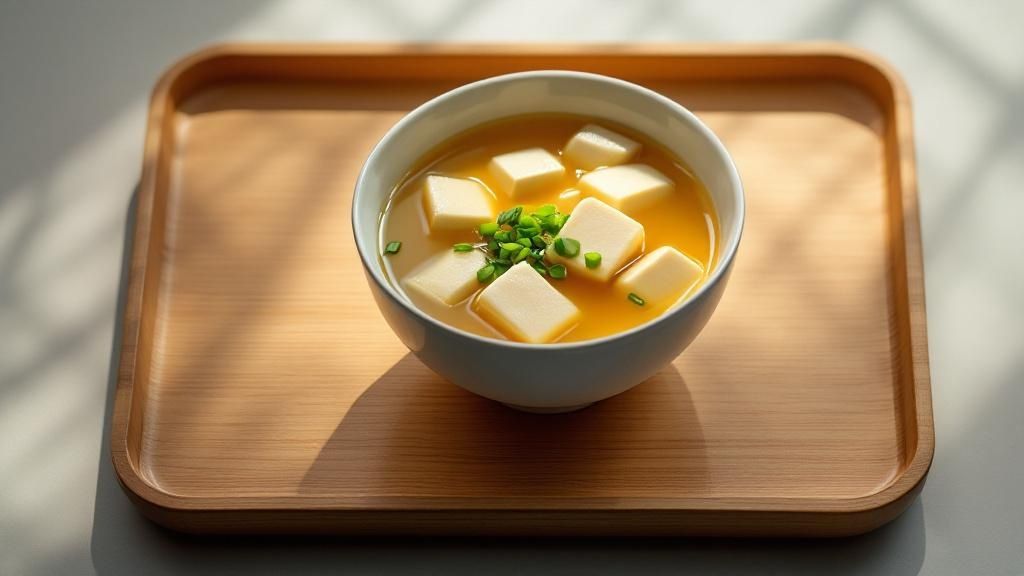
Let's get practical and talk about creating a Japanese-inspired weight loss menu that fits into your real life. Forget exotic ingredients and hours in the kitchen. I've worked with busy families just like yours to build weekly menus that capture the spirit of Japanese eating without the complexity.
The key is understanding how the Japanese approach breakfast, lunch, and dinner. It’s not about rigid rules, but establishing a healthy eating rhythm to keep your energy levels stable and curb those cravings. Think of a classic Japanese breakfast: grilled fish, miso soup, a small bowl of rice, and some pickled vegetables. It's a perfect balance of protein, carbs, and gut-friendly probiotics to kickstart your day.
Meal Timing and Combinations
The Japanese often enjoy their largest meals earlier in the day, syncing with our natural metabolic rhythms. Lunch might be the main event, followed by a lighter dinner. This can be surprisingly helpful for weight management. Pairing a warming bowl of miso soup with your meals is another common practice. The warmth and probiotics aid digestion and can help you feel satisfied.
Consider how you can weave these principles into your own routine. Maybe a full traditional Japanese breakfast isn't feasible every day, but incorporating elements like a quick miso soup or some grilled fish is totally doable. This way of eating isn't all-or-nothing.
Sample Weekly Menu and Prep Strategies
Here's what a realistic Japanese-inspired weekly menu could look like:
- Monday: Grilled salmon, steamed broccoli, brown rice, miso soup
- Tuesday: Chicken stir-fry with mixed vegetables and a light teriyaki sauce, small portion of quinoa
- Wednesday: Lentil soup with a side of seaweed salad
- Thursday: Leftovers from Wednesday or a quick bento box with hard-boiled eggs, cucumber slices, and a small portion of rice
- Friday: Homemade sushi rolls with brown rice, avocado, and cucumber
- Saturday: Dinner out (choose lighter options like grilled fish or chicken, and load up on those veggies)
- Sunday: Chicken and vegetable curry with a small portion of brown rice
These meals embrace Japanese principles like balanced portions, plenty of vegetables, and lean protein. And they're all things you can easily prepare in a typical Western kitchen. You might also enjoy exploring some Japanese teas for weight loss to complement your meals.
For a smooth week, batch cook grains (like rice) and proteins (like chicken) on the weekend. Pre-chop veggies and store them in containers for grab-and-go convenience. These simple prep strategies make weeknight cooking so much easier.
Adapting Traditional Concepts for Modern Life
The bento box is a genius idea for modern meal prepping. It naturally encourages portion control and variety. You don’t need a fancy bento box; any divided container will do. Fill it with a mix of protein, vegetables, and a small portion of carbs.
Remember, this isn't about strict adherence to a specific set of rules, but finding a framework that works for you. The impact of the Japanese diet is quite striking when compared to Western diets. It’s fascinating that when Japanese people adopt Western eating habits, their weight tends to go up. Studies of Japanese immigrants in Hawaii show that over four generations, their obesity rates have climbed to 18.1%, nearly matching local rates, compared to just 4.5% in Japan. Learn more about this dietary shift. This highlights the significant role of cultural and dietary factors in maintaining a healthy weight.
The beauty of this approach lies in its emphasis on simple, whole foods and mindful eating. It's about creating a sustainable, enjoyable way of eating that leads to natural weight loss without feeling deprived. It’s a journey, not a race—focus on making choices that support your overall well-being.
Simple Japanese Cooking Methods That Melt Away Calories
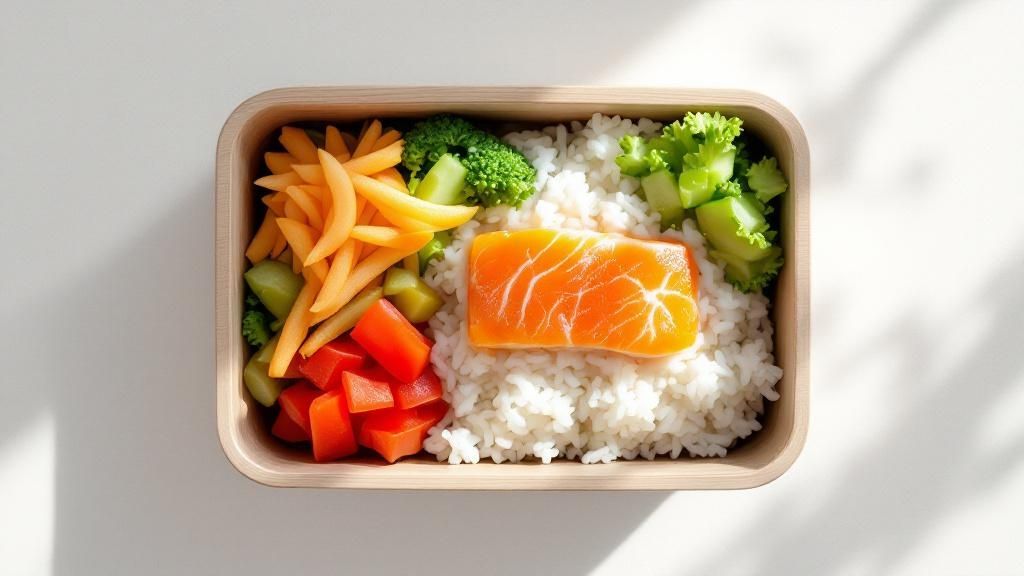
The Japanese diet's weight loss success isn't about some secret ingredient. It's all about clever cooking techniques that naturally cut calories while boosting flavor and nutrition. And honestly, they’re easier to pick up than you might think.
Embrace the Power of Steam
Steaming is a cornerstone of Japanese cooking. It’s a simple way to keep those vibrant colors and nutrients locked in your veggies. Picture a steamer basket brimming with bright green broccoli, crisp carrots, and tender bok choy.
Since you barely need any added fats, steaming aligns perfectly with the lower-calorie approach of the Japanese diet. Plus, it makes healthy eating both delicious and visually appealing.
Mastering the Art of 'Yakimono' (Grilling)
Grilling, or 'yakimono', is another essential Japanese cooking method. The goal? That perfect balance of charred outside and juicy inside. Think succulent skewers of chicken yakitori, lightly glazed with a touch of teriyaki.
Grilling the right way brings out natural flavors and creates satisfying textures. It’s a fantastic way to make healthy proteins even more enjoyable.
Gentle Simmering: The Secret of 'Nimono'
'Nimono' is all about gentle simmering. This technique allows flavors to meld beautifully. Imagine a pot of tender chicken and vegetables simmering in a light dashi broth infused with ginger and soy sauce.
This method creates deeply flavorful dishes without needing heavy sauces or tons of oil—a key aspect of the Japanese diet for weight loss.
Building Flavor Without the Calories
The Japanese are masters of creating complex, satisfying flavors with minimal ingredients. Instead of heavy sauces and oils, they rely on staples like dashi, miso, and rice vinegar.
Dashi, a savory broth made from kombu seaweed and bonito flakes, is the base of many soups and stews. Miso paste adds a rich, umami depth, while rice vinegar provides a bright, tangy kick. These ingredients deliver layers of flavor without the extra calories.
The Japanese Way With Vegetables
The Japanese truly know how to make vegetables shine. They don’t need to drown them in butter or cheese. A simple stir-fry of seasonal vegetables with a touch of soy sauce and sesame oil, or a refreshing salad with a light miso dressing can be incredibly satisfying.
This focus on vegetables contributes to the low-calorie density and high nutrient content of the Japanese diet.
Simple Soups for Weight Loss
Soup is a big deal in Japanese cuisine. From comforting miso soup to hearty vegetable and tofu stews, soups are often a central part of meals.
They're not only filling and low in calories but also packed with nutrients. Plus, they offer that sense of warmth and satisfaction that makes them perfect for a weight loss plan. Understanding the role of soup is crucial to grasping how the Japanese diet works for weight loss.
These Japanese cooking techniques aren’t difficult, but they do require a shift in mindset. It’s about understanding how heat, timing, and minimal seasonings work together. By using these methods, you can create delicious, satisfying food that naturally supports your weight loss goals.
Smart Japanese-Style Grocery Shopping That Saves Money
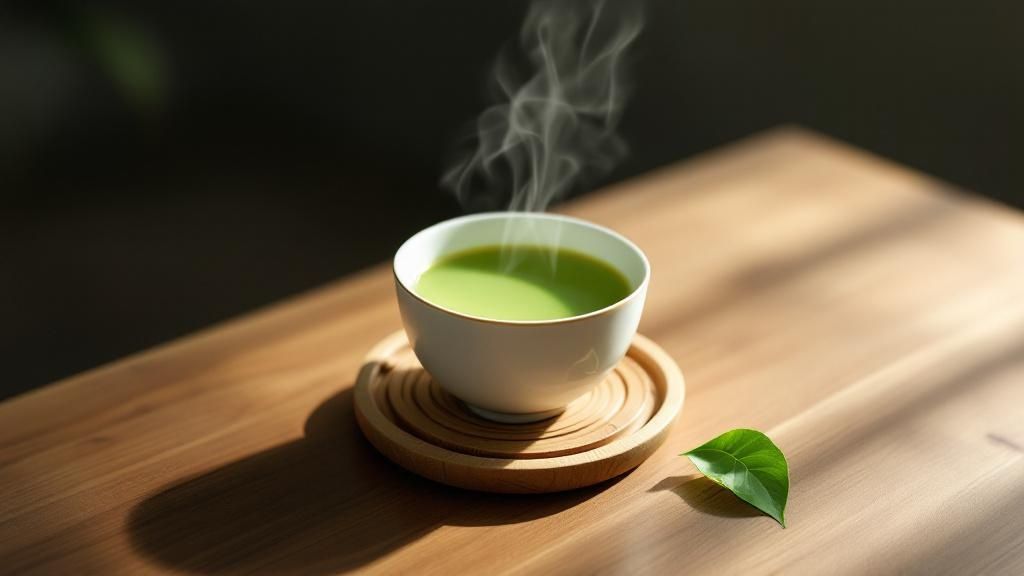
Switching to a Japanese diet for weight loss doesn't mean scouring specialty stores. Honestly, your local supermarket likely has everything you need! It's all about knowing what to grab.
Shop the Perimeter, Embrace Whole Foods
Think of a traditional Japanese market. Lots of fresh produce, fish, and tofu, right? You'll find those same staples around the outer edges of most grocery stores. These are the building blocks of Japanese cooking.
Focus on whole, unprocessed foods. Picture vibrant, seasonal vegetables, lean proteins like fish and tofu, and whole grains like brown rice.
By prioritizing these ingredients, you’ll naturally steer clear of the processed, packaged foods that can hinder weight loss. As a bonus, you'll be surprised how much flavor fresh ingredients bring to your meals!
Seasonal Eating for Budget and Flavor
In-season produce is a win-win. It's not only more flavorful but also friendlier to your wallet. When fruits and vegetables are plentiful, the prices usually drop. Scope out your local farmers' markets or the seasonal displays in your supermarket for the best deals.
This aligns beautifully with the Japanese idea of "shun" – eating foods at their peak flavor and freshness. Take it from me, a ripe summer tomato or a crisp fall apple is miles tastier than anything shipped out of season.
Build a Versatile Japanese Pantry
A few Japanese pantry staples are worth having on hand. Miso paste, soy sauce, rice vinegar, and mirin add tons of umami flavor, meaning you'll naturally use less salt and unhealthy fats.
Don’t stress about tracking down every single ingredient, though. Regular vinegar works fine if you’re in a pinch, and dried seaweed snacks are great if fresh isn't an option. Want to learn more about miso? Check out this guide: Elevate Your Dishes with Low-Sodium Miso Paste. The main thing is to stock your pantry with versatile items that inspire healthy cooking.
Smart Shopping List for Weight Loss
Here's a basic shopping list to get you rolling:
- Proteins: Salmon, tofu, chicken breast, eggs
- Vegetables: Broccoli, spinach, carrots, mushrooms, seaweed (nori, wakame)
- Grains: Brown rice, quinoa
- Pantry Staples: Miso paste, soy sauce, rice vinegar, mirin
- Other: Green tea, fresh ginger, garlic
This list gives you a great foundation for tons of delicious and healthy Japanese-inspired meals.
Plan Ahead, Reduce Food Waste
Meal planning is key for both your budget and your weight loss goals. Map out your meals for the week, make a list, and try your best to stick to it. This helps curb those impulse buys and minimizes food waste.
Here's another helpful tip: Before you shop, take a peek in your fridge and pantry. This keeps you from accidentally buying duplicates and encourages you to get creative with leftovers, saving you money and reducing waste.
Making Japanese Eating Work With Your Real Life
Let's face it, changing how you eat can be tough. The Japanese diet is no different. Picky kids, busy jobs, and social events centered around not-so-healthy food… it all adds up.
But don't worry, it's totally manageable. I've helped tons of people navigate these exact challenges. We've figured out everything from smart portioning at Italian restaurants to packing Japanese-style lunches that are healthy and tasty. The secret? Start slow. No need for a sudden, drastic change.
Handling Cravings and Social Situations
Those cravings for comfort food – creamy pasta, cheesy pizza – they're totally normal. The key isn't necessarily to cut them out completely. It's about finding a healthy balance. Maybe you enjoy a smaller portion of your favorite treat once a week, or you try making a Japanese-inspired version.
Social events can be a bit tricky. Imagine a barbecue full of hot dogs and burgers. It’s perfectly fine to enjoy them! Focus on the veggie sides, pick leaner proteins if possible, and be mindful of how much you're eating. Remember hara hachi bu, that satisfying 80% full feeling – it's helpful even outside of Japanese cuisine.
Staying Motivated During Weight Loss Plateaus
Weight loss isn’t always a straight line down. Plateaus happen. They're totally normal! Don’t get discouraged if the scale isn't moving. Celebrate the other wins – more energy, better sleep, improved digestion. These are all signs the Japanese diet is working, even if the scale is being stubborn.
And remember, you're not alone. Find a support system – a friend, family member, or online group. Sharing your experience can give you the boost you need.
Involving Your Family Without Force
Getting your family involved can be a game-changer, but forcing new foods rarely works. Instead, make it a family affair. Cook Japanese meals together, try new recipes, and enjoy how delicious the food is. Even small changes, like adding miso soup to dinner or switching to brown rice, add up.
Make healthy choices easy at home. Stock your kitchen with Japanese staples so they’re always available. The more you normalize these habits, the easier they become for everyone.
Building Flexibility Into Your Approach
Life gets in the way. Vacations, holidays, busy weeks – they can disrupt the best plans. That's perfectly okay! The Japanese diet isn't about strict rules, it’s about building healthy habits. Be flexible.
If you overindulge one day, don't sweat it. Just get back on track at your next meal. Remember, it's about progress, not perfection. This is about a way of eating that improves your life, not restricts it. One off day won’t undo your hard work. Be kind to yourself, and enjoy the process.
Your Sustainable Path To Japanese-Inspired Weight Loss
Let's chat about making the Japanese diet a part of your life, not just a quick fix. It's not about perfection, it's about creating healthy habits that stick. We'll build a realistic plan, starting small and gradually adding more Japanese eating principles as you get comfortable.
Beyond the Scale: Measuring Real Progress
Forget obsessing over the scale. True progress with the Japanese diet goes much deeper. Think more energy, smoother digestion, and genuinely enjoying your meals. These are the signs of real, lasting change. When I first started, I was surprised by how much better I slept. That alone made me want to keep going!
Building Your Accountability System
Accountability is key for long-term success. But what works for one person might not work for another. Some people love tracking apps like MyFitnessPal, while others prefer a simple journal. Maybe a friend to cheer you on is what you need, or maybe it's regular check-ins with yourself. Find what keeps you motivated and engaged. For me, having a friend on the same journey made all the difference. We shared recipes and supported each other – it kept us both on track.
Your First Month: Clear Next Steps
Let's break down your first month into easy steps. Week one: add more vegetables to your meals. Week two: try some simple Japanese cooking methods like steaming or grilling. Week three: start eating slightly smaller portions. Week four: explore mindful eating. This gradual approach makes the change smoother and easier to stick with. You might also find this article helpful: Is Japanese Food Healthy? What Really Makes It So Powerful?
Troubleshooting Common Challenges
What happens when you hit a snag? It's bound to happen – life gets in the way. Maybe you have a super busy week, you're traveling, or you’re just craving pizza. That’s totally fine! The Japanese diet is about flexibility, not strict rules.
Here are some common challenges and how to handle them:
- Cravings: Let yourself have occasional treats in moderation. A little indulgence won't ruin your progress.
- Dining Out: Choose lighter dishes and focus on enjoying the company, not just the food.
- Busy Schedules: Prep ingredients ahead of time or find quick, easy Japanese-inspired meals.
The trick is to plan for these challenges before they pop up. Having a strategy makes it much easier to stay on course, even when things get hectic.
Building a Support System
Lasting change is rarely a solo act. Connect with others on a similar path. Find a support group, an online forum, or just talk to a friend. Having people who understand your goals can be incredibly encouraging.
This is about more than weight loss. It's about a healthier, more mindful way of eating that improves your overall well-being. You've got this!
Ready to discover the world of Japanese food and beauty? Explore authentic Japanese goods at Buy Me Japan and start your journey to a healthier you.

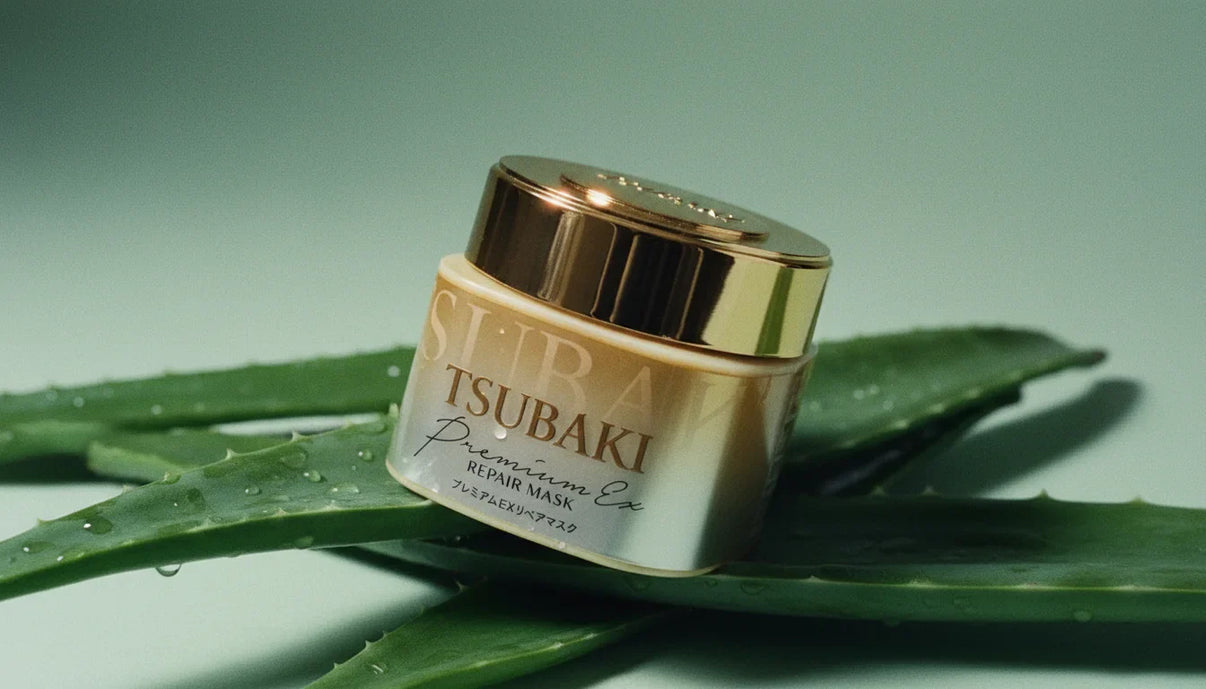

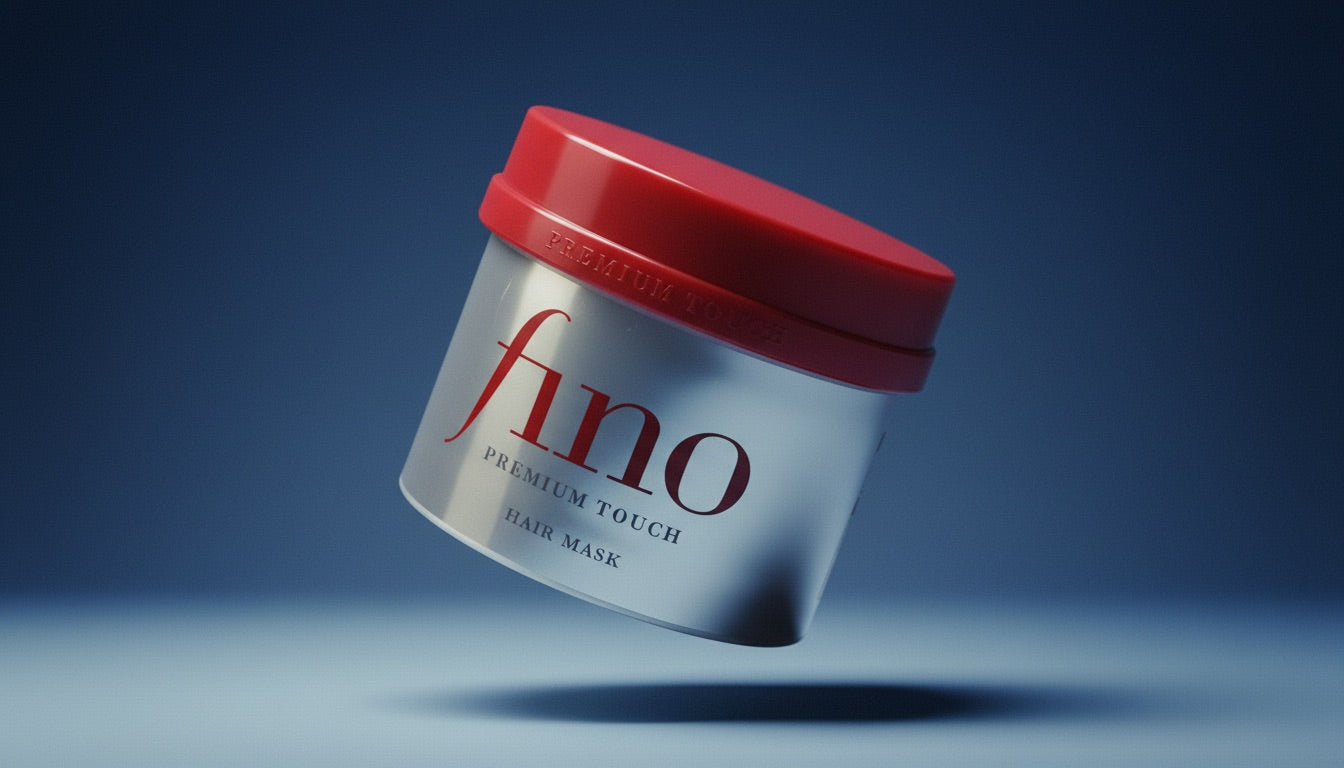
Share:
Is Japanese Food Healthy? What Really Makes It So Powerful
Top Japanese Makeup Removers of 2025 | Gentle & Effective